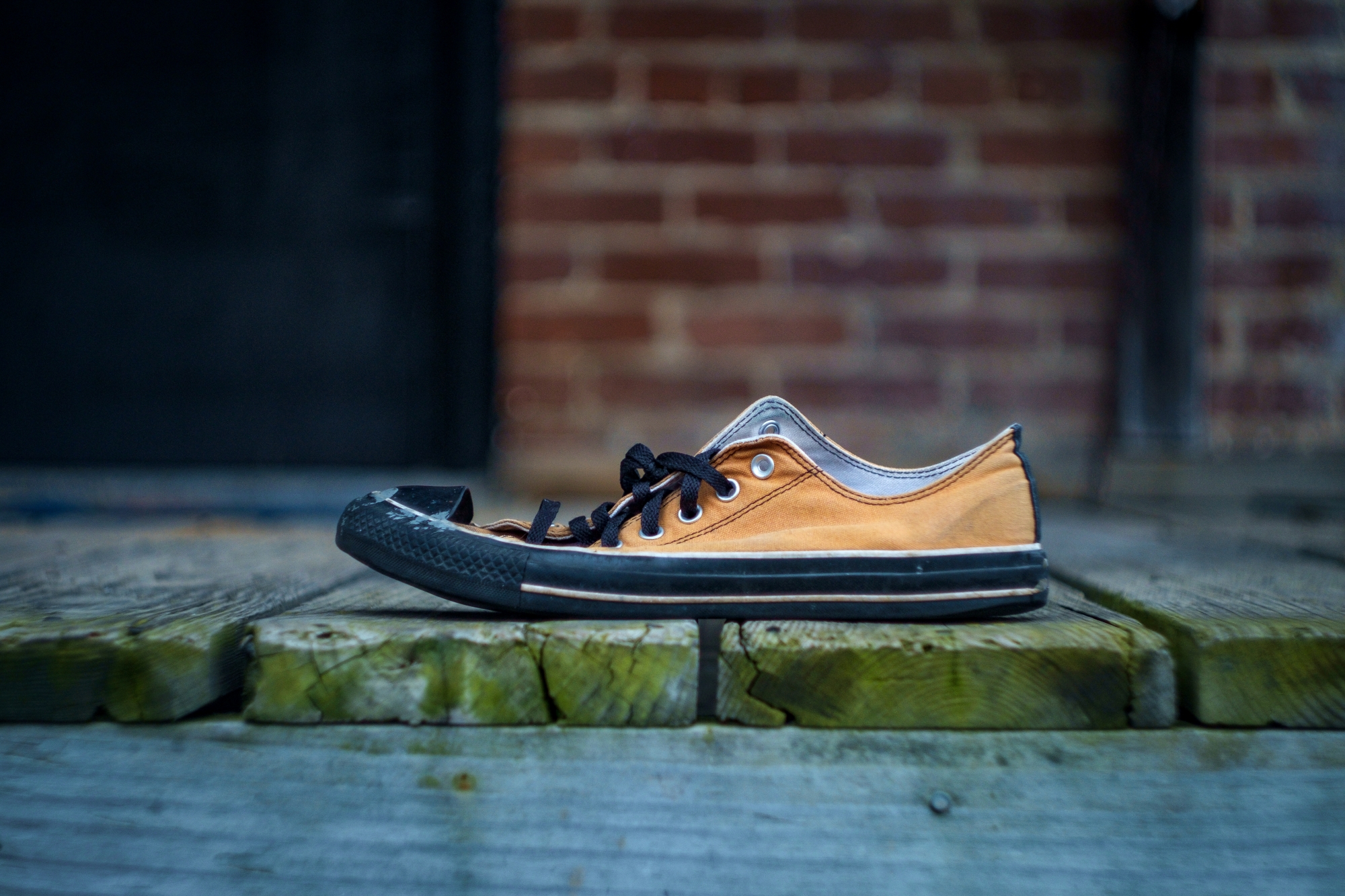Design Thinking - Where Empathy and Innovation Meet

The old saying that you should ‘walk a mile in someone else’s shoes’ to understand what they are going through is really the essence of what design thinking is all about. If the goal is to design a technology solution to a customer problem, it makes a great deal of sense to go the extra mile to understand that problem from their perspective.
A design thinking approach puts empathy for the end user foremost in problem solving. Empathy for the customer’s problems is at the center of a good design. If the solution is empathetic, people are more likely to want to engage with the design. They will be more willing to fall in line with the solution that emerges.
Design Thinking Process: Explore, Create, Implement
The design thinking framework has three components and is especially effective for solving unstructured problems that require innovation.
- Explore
- Create
- Implement
The design thinking process is especially important to deal with the human, technical and business model realities of the situation to realize the full potential of the framework. It all starts with people, who require the solution that emerges be desirable. So, there’s a need to probe what the people using the tool are trying to solve. But the problem must be solved in a technically feasible way and in a way that is viable to the business. When all these intersect, innovation result.
Explore
The Explore phase of design thinking involves developing empathy with the customer’s problems.
- Ask lots of questions to understand the problem from the user’s point of view.
- What needs to change and why?
- Make sure all ideas are encouraged.
- Develop a deep understanding from everyone who is associated with the problem – including the user, the creator, or the designer.
- Why are certain processes in place?
- What value do the processes provide to the end user?
- Visualize everything using visualization tools to make sure all aspects are considered.
Create
Once empathy is established, resulting in a well-rounded framing of the problem, it is time to create concepts.
- Come up with a lot of different options.
- Visualize the concepts for a more powerful and accurate understanding.
Often you will notice that after the second or the third idea, viable ideas will be in short supply. So, think outside the box and consider everything.
- Many ideas are not innovative, but are rather the next logical step in something.
- Look at ideas that are latent leaning. These can be the beginning of innovation. If these ideas are not fully explored, innovation may get lost.
Implement
The idea that emerges is next turned into a rapid prototype; a quickly conceived working model to place in the hands of users for fast feedback. This approach leans on the fundamental principle to ‘fail fast to succeed early’.
The prototypes don’t have to be full-blown. You can just sketch something and ask if it’s close to what is being discussed. It's a great way to rule out ideas that don’t work or don’t solve the problem.
To Recap
The result of the design thinking process -- Explore, Create, and Implement -- delivers well-rounded and sustainable solutions when it is applied to the people, technology, and business model of an organization. Having all three elements be part of the process is often difficult, which is why many organizations have not embraced design thinking.
Design thinking can be beneficial as part of an agile software development approach. Like agile, design thinking is an iterative process that gets closer to the desired result each time a new prototype is refined. With empathy for the end user, innovation can be the ultimate result.
